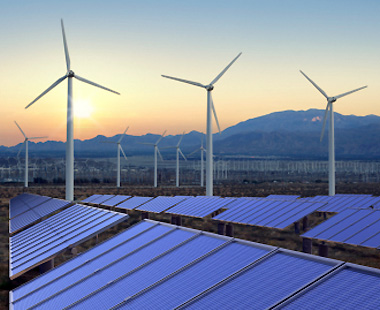Over 200 Illinois towns helped cut their citizens’ electric bills in 2012, and some even achieved 100% renewable energy, thanks to a state law that lets cities choose their electricity provider. The law, called community choice aggregation, lets municipalities pick from competitive electricity suppliers for their residential and small business customers, but without having to purchase and operate the local grid (as when becoming a municipal utility).
The concept was pioneered in Massachusetts and Ohio, where large aggregation networks (consisting of dozens of cities and towns) have been getting inexpensive electricity by buying in bulk. This fall, community choice aggregation could be poised for a huge leap forward, as citizens of Chicago will vote on a referendum to allow the largest city in the Midwest to choose a new electric company.
While many communities have used aggregation to simply select a new, less expensive electricity supplier, a few communities are also attempting to use their newfound control to maximize clean local energy development. Marin Clean Energy in California, Oak Park in Illinois, and Cincinnati in Ohio have all pursued much greener electricity options or attempted to encourage local distributed renewable energy development.
This presentation I gave to the National Strategy Meeting of the Local Energy Aggregation Network (February 2012) explores the potential for community choice aggregation policy to increase local clean energy development, providing an overview of where the law is currently in force, and where the opportunities are. For more on this policy and its history, you may also like ILSR’s 2009 report on community choice aggregation.


